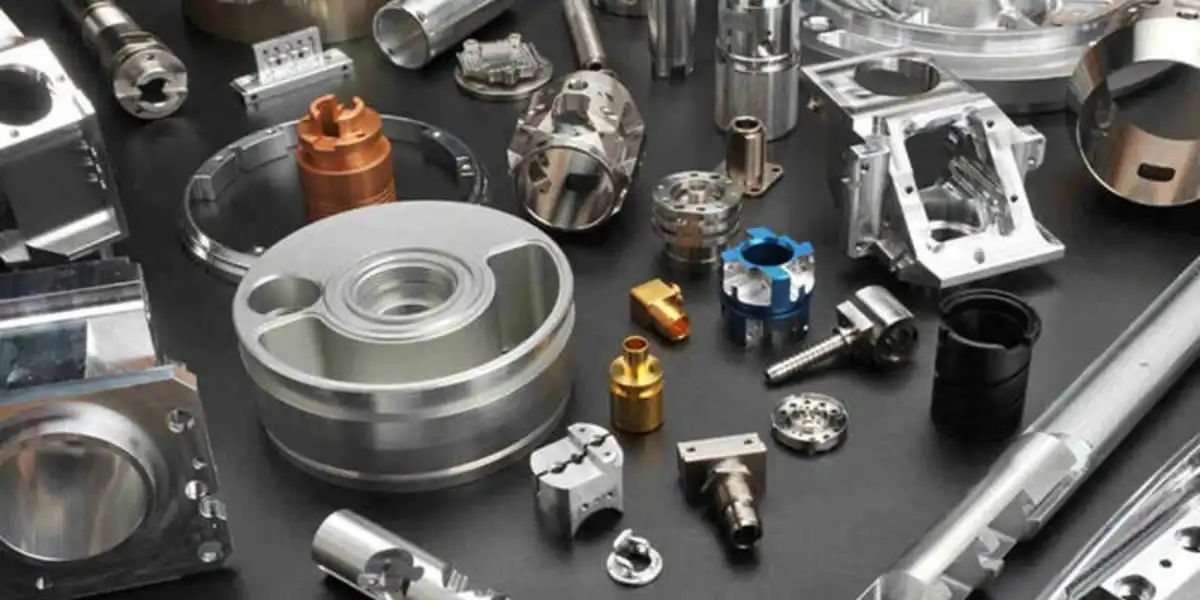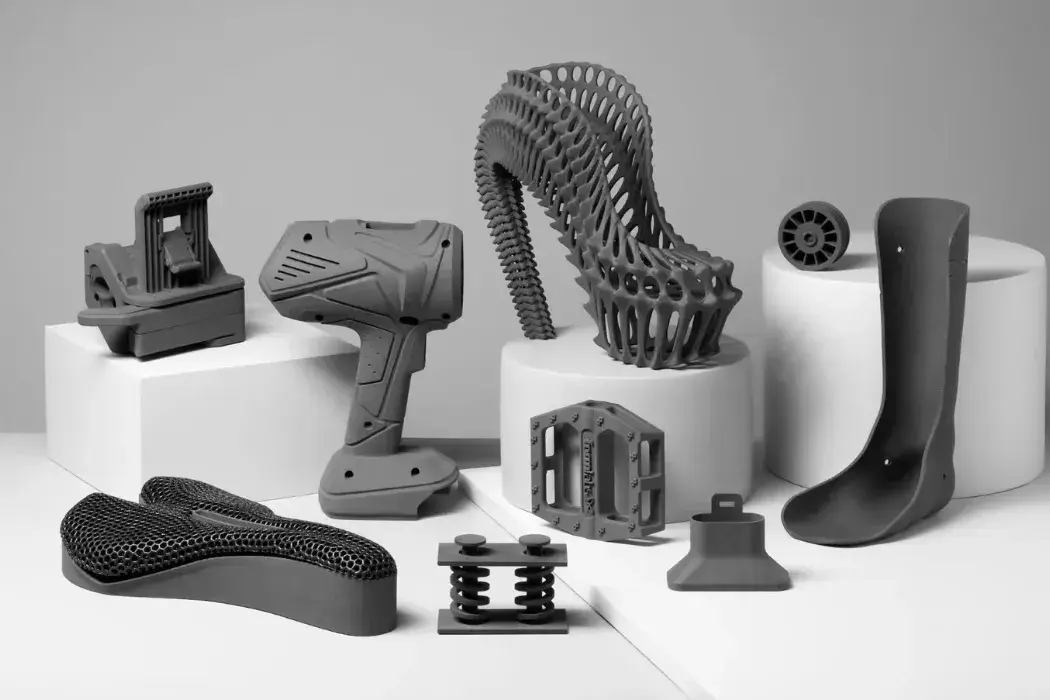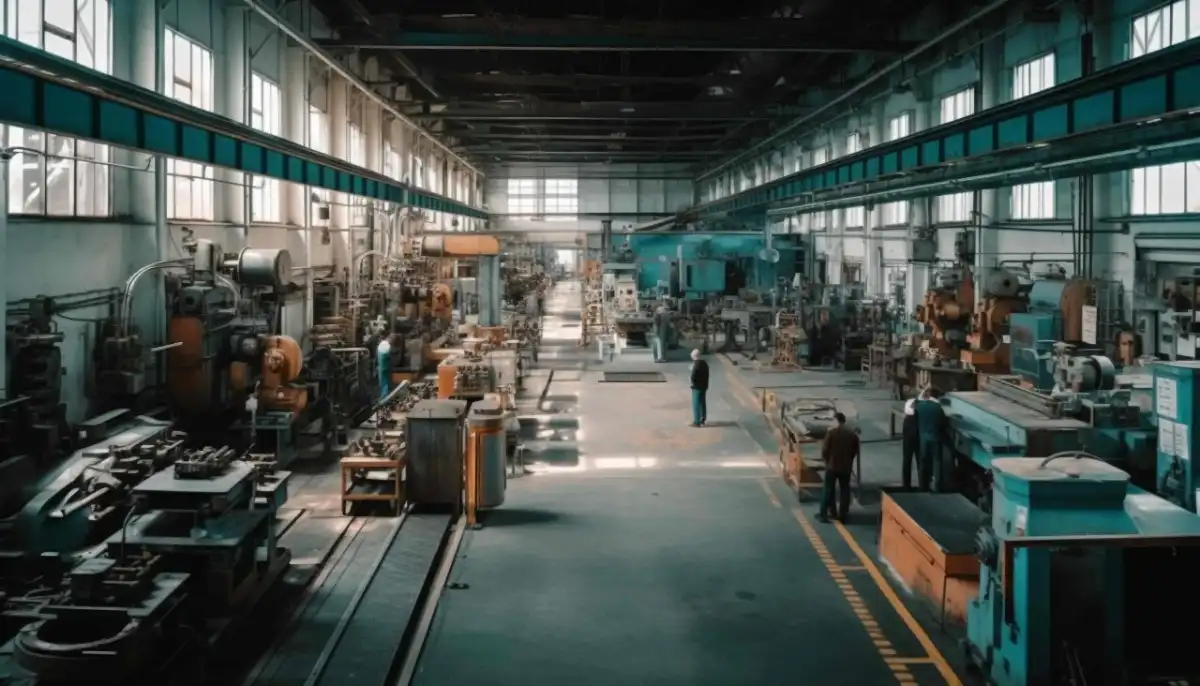Comparing Metal and Plastic Prototyping: Key Considerations
Material Properties and Performance
Metal and plastic prototypes differ significantly in their physical properties. Metals like aluminum, steel, and titanium offer superior strength, rigidity, and thermal conductivity. These characteristics make metal prototypes excellent for applications requiring high structural integrity or heat resistance. For instance, automotive parts or aerospace components often benefit from metal prototyping.
Plastics, including ABS, polycarbonate, and nylon, provide flexibility, lightweight properties, and chemical resistance. They're ideal for prototypes that need to be lightweight or have complex geometries. Consumer electronics enclosures and medical device housings frequently utilize plastic prototypes due to these advantages.
Cost and Production Speed
Cost considerations often play a crucial role in material selection for prototyping. Generally, plastic prototypes are more cost-effective, especially for small to medium-sized parts. The raw materials are cheaper, and the manufacturing processes like 3D printing or injection molding can be less expensive for plastics.

Metal prototyping, while typically more expensive, has seen cost reductions thanks to advancements in CNC machining and metal 3D printing technologies and prototyping material. However, for complex geometries or large parts, metal prototyping can still incur higher costs due to material expenses and more intricate manufacturing processes.
In terms of production speed, plastic prototypes often have the edge. Rapid prototyping techniques like SLA or SLS 3D printing can produce plastic parts in hours or days. Metal prototyping, especially for precision parts, may require more time due to the nature of processes like CNC machining or metal 3D printing.
Design Flexibility and Iteration
Plastic prototyping offers unparalleled design flexibility. Complex geometries, intricate details, and varied textures are easily achievable with plastic materials. This flexibility allows for rapid design iterations, making plastic an excellent choice for early-stage prototyping where frequent changes are common.
Metal prototyping, while more limited in design flexibility compared to plastics, has expanded its capabilities with advanced manufacturing techniques. CNC machining and metal 3D printing now allow for more complex metal designs than ever before. However, certain geometries may still be challenging or costly to achieve in metal.
The ability to quickly iterate designs is crucial in the prototyping phase. Plastic prototypes excel in this area, allowing for fast and cost-effective design changes. Metal prototypes, while more durable, may require more time and resources for each iteration.
Advantages and Limitations of Metal Prototyping
Strength and Durability
Metal prototypes boast exceptional strength and durability, making them ideal for functional testing and high-stress applications. Aluminum, steel, and titanium prototypes can withstand significant mechanical loads, making them suitable for automotive, aerospace, and industrial equipment prototyping. This robustness allows for accurate simulation of real-world conditions, providing valuable insights into the final product's performance.
The durability of metal prototypes also extends their lifespan, allowing for repeated testing and long-term use. This can be particularly advantageous when creating prototypes for demonstration purposes or for products that will undergo extensive field testing before final production.

Thermal and Electrical Properties
Metal prototypes excel in applications requiring specific thermal or electrical properties. Their high thermal conductivity makes them ideal prototyping material for prototyping heat sinks, engine components, or any parts that need to dissipate heat efficiently. This characteristic allows for accurate testing of thermal management systems in electronic devices or automotive components.
Electrically conductive metal prototypes are crucial for testing electronic enclosures, EMI shielding, or products that require grounding. These properties are difficult to replicate with plastic prototypes, making metals indispensable for certain electrical and electronic prototyping needs.
Manufacturing Precision
Advanced manufacturing techniques like CNC machining allow for incredibly precise metal prototypes. Tolerances as tight as ±0.0005 inches can be achieved, ensuring dimensional accuracy crucial for parts that need to interface precisely with other components. This level of precision is often necessary for prototyping mechanical assemblies, precision instruments, or aerospace components.
However, the high precision of metal prototyping comes with increased costs and longer production times. Complex geometries may require multiple machining operations or specialized tooling, impacting both the timeline and budget of the prototyping process.
Benefits and Challenges of Plastic Prototyping
Cost-Effectiveness and Rapid Production
Plastic prototyping stands out for its cost-effectiveness, especially in low to medium volumes. The prototyping material raw materials are generally less expensive than metals, and manufacturing processes like injection molding or 3D printing can be more economical. This cost advantage allows for more iterations within the same budget, facilitating a more thorough design exploration process.
Rapid production is another significant benefit of plastic prototyping. Technologies like SLA (Stereolithography) and SLS (Selective Laser Sintering) can produce complex plastic prototypes in a matter of hours or days. This speed is crucial in fast-paced development environments where quick turnaround times can provide a competitive edge.
Design Flexibility and Complexity
Plastic prototyping offers unparalleled design flexibility. Complex geometries, intricate details, and varied textures that would be challenging or impossible to achieve with metal can be easily produced in plastic. This flexibility allows designers to push the boundaries of form and function, exploring innovative designs without the constraints often associated with metal manufacturing.
The ability to create complex, integrated designs in a single piece is another advantage of plastic prototyping. This can reduce the need for assembly, potentially lowering costs and improving product reliability. For instance, a complex electronic enclosure with integrated snap fits and mounting features can be prototyped as a single plastic part, whereas a metal version might require multiple components and assembly steps.

Material Properties and Limitations
Plastic prototypes offer a wide range of material properties to suit various applications. From flexible elastomers to rigid engineering plastics, the diverse selection allows for accurate simulation of final product characteristics. Some plastics offer excellent chemical resistance, making them suitable for prototyping parts exposed to harsh environments or cleaning agents.
However, plastic prototypes do have limitations. They generally can't match the strength, heat resistance, or dimensional stability of metal prototypes. This can be a drawback when prototyping parts that need to withstand high mechanical loads or elevated temperatures. Additionally, some high-performance plastics used in final products may not be available or cost-effective for prototyping, potentially leading to discrepancies between the prototype and the final product.
Conclusion
Choosing between metal and plastic as a prototyping material for prototyping is not a one-size-fits-all decision. Each material offers unique advantages that cater to different project requirements. Metal prototypes excel in strength, precision, and thermal properties, making them ideal for functional testing and high-stress applications. Plastic prototypes, on the other hand, offer cost-effectiveness, rapid production, and unparalleled design flexibility, perfect for iterative design processes and complex geometries. The best choice depends on your specific project goals, budget constraints, and timeline. By carefully considering these factors and leveraging the strengths of each material, you can optimize your prototyping process and accelerate your product development journey.
FAQs
Can I combine metal and plastic in a single prototype?
Yes, hybrid prototypes using both metal and plastic are possible and can leverage the strengths of both materials.
How do environmental factors affect the choice between metal and plastic prototypes?
Consider factors like temperature, chemical exposure, and UV resistance when choosing between metal and plastic for outdoor or harsh environment applications.
Are there any eco-friendly options for prototyping materials?
Yes, both metal and plastic categories offer eco-friendly options. Recycled metals and biodegradable plastics are becoming increasingly available for prototyping.
Expert Prototyping Solutions for Your Project | BOEN
At BOEN Prototype, we specialize in both metal and plastic prototyping, offering a comprehensive range of services to meet your unique project needs. Our expert team leverages cutting-edge technologies like CNC machining, 3D printing, and vacuum casting to deliver high-quality prototypes with rapid turnaround times. Whether you need the strength of metal or the flexibility of plastic, we have the expertise to bring your designs to life. Contact us at contact@boenrapid.com to discuss your prototyping requirements and experience our commitment to quality and innovation.
References
Johnson, A. (2022). Advanced Materials in Prototyping: A Comprehensive Guide. Journal of Product Development, 15(3), 78-92.
Smith, B., & Brown, C. (2021). Comparative Analysis of Metal and Plastic Prototyping Techniques. International Journal of Rapid Manufacturing, 9(2), 145-160.
Lee, S. (2023). Cost-Effectiveness in Prototyping: Metal vs. Plastic. Product Innovation Management, 28(4), 302-318.
Garcia, R., & Martinez, L. (2022). Environmental Considerations in Material Selection for Prototyping. Sustainable Product Development, 7(1), 55-70.
Thompson, D. (2021). Advancements in Metal Prototyping Technologies. Journal of Manufacturing Processes, 18(2), 210-225.
Wilson, E. (2023). Design Flexibility in Plastic Prototyping: Pushing the Boundaries. Industrial Design Review, 12(3), 180-195.





